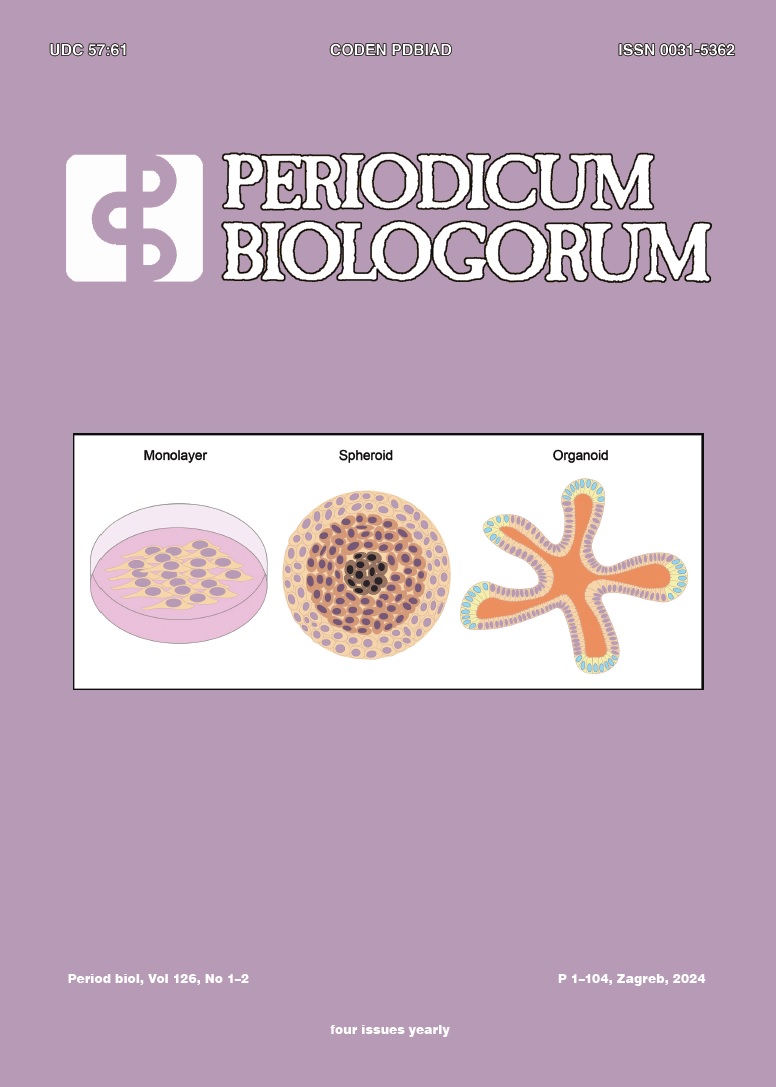Alterations of antioxidant defense in rat liver in methimazole-induced hypothyroidism
DOI:
https://doi.org/10.18054/pb.v126i1-2.30614Abstract
Background and purpose: According to the well-established role of thyroid hormones in regulation of the metabolism, the changes in thyroid status affect intracellular redox state and antioxidant defense. However, there are inconsistencies in the literature regarding the pattern of changes in antioxidant defense of hypothyroid states, especially those induced by methimazole. Hence, we examined here the effect of this antithyroid drug on the organization of antioxidant defense in rat liver.
Materials and methods: To do this adult male Wistar rats were treated with 0.04% methimazole in tap water for different time periods (7, 15 and 21 days). Along with histopathological analysis, total glutathione (GSH) content and activity of glutathione peroxidase (GSH-Px), glutathione reductase (GR), copper, zinc superoxide dismutase (CuZnSOD), manganese superoxide dismutase (MnSOD), catalase, thioredoxin reductase (TR) and glutathione S-transferase (GST) were examined.
Results: We found that total GSH content and the activity of GSH-Px and GR were decreased compared to euthyroid control after 21 days of methimazole treatment (after 15 and 21 or 21 days, respectively), while SODs and catalase were not affected by the treatment of any duration. In contrast, the activity of TR was increased after 7- and 15-day treatment. After 21 days of methimazole treatment the activity of GST decreased in comparison with control.
Conclusions: The observed changes of hydrogen peroxide producing (SODs) and removing (GSH, GSH-Px and GR) systems, along with the reduced GST activity in the liver after 21 days of methimazole treatment suggest redox specific reorganization in this tissue.
Downloads
Published
Issue
Section
License
The contents of PERIODICUM BIOLOGORUM may be reproduced without permission provided that credit is given to the journal. It is the author’s responsibility to obtain permission to reproduce illustrations, tables, etc. from other publications.


